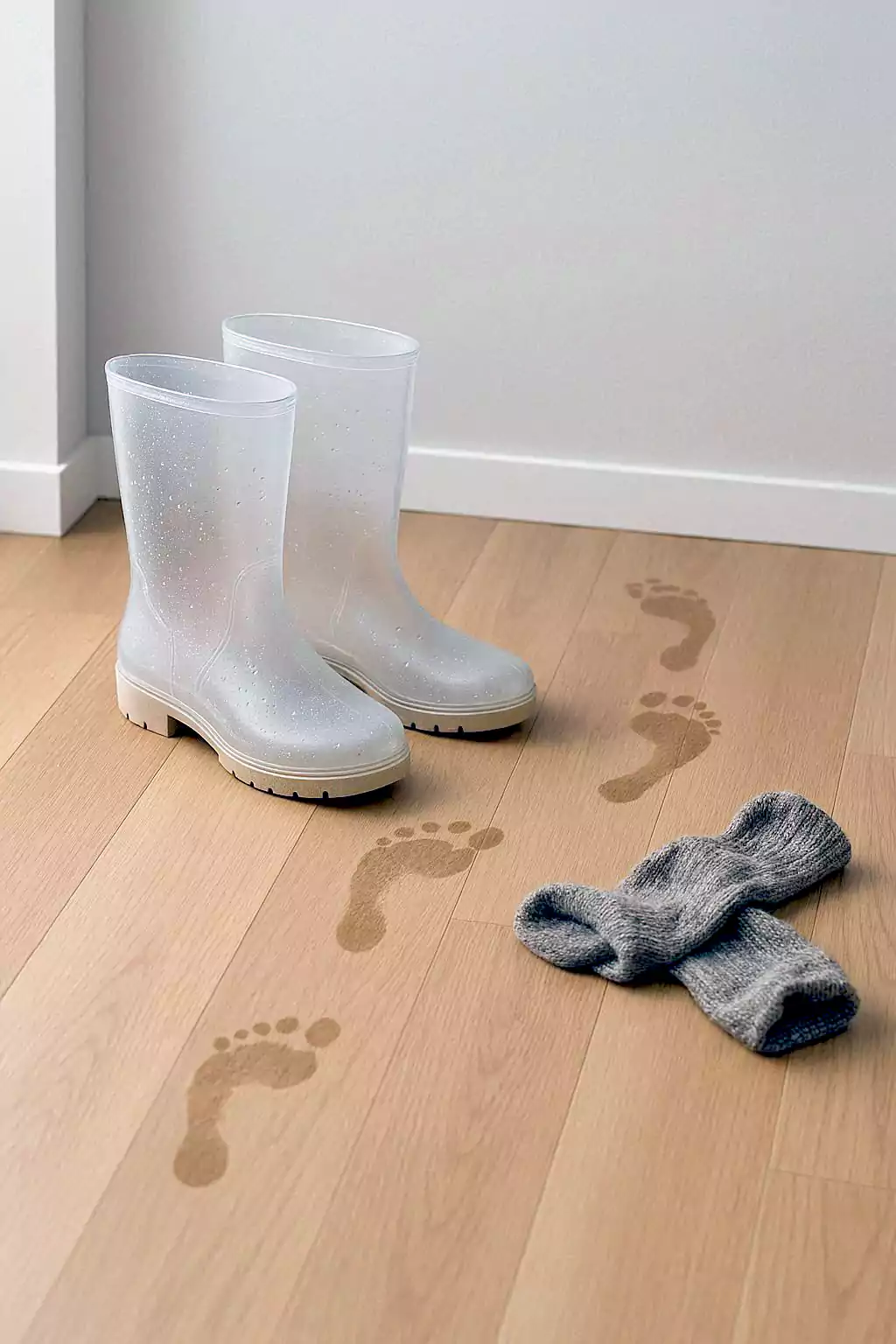Rain boots have become an essential footwear choice for many, prized for their practicality and comfort, especially on wet and rainy days. When selecting the perfect pair, one of the most important factors to consider is the material from which the boots are made. The primary options are natural rubber and synthetic rubber, each offering distinct advantages and considerations that affect comfort, durability, and overall performance.
Natural Rubber Rain Boots
Natural rubber is derived from the latex sap of the Hevea brasiliensis tree. This material is celebrated for its exceptional flexibility, stretch resistance, and long-lasting durability. Rain boots made from natural rubber provide a superior fit as the material molds to the shape of your foot, offering enhanced comfort and support during extended wear.
Another advantage of natural rubber is its resilience to extreme temperatures. These boots remain reliable in both cold and moderate climates, making them suitable for year-round use. However, this quality comes at a cost: natural rubber rain boots tend to be more expensive than their synthetic counterparts and require careful maintenance to preserve their elasticity and longevity. Regular cleaning and conditioning are recommended to prevent cracking and material degradation.

Synthetic Rubber Rain Boots
In contrast, synthetic rubber is a man-made material produced mainly from petrochemicals. Boots made from synthetic rubber are generally more affordable and easier to maintain. They are highly waterproof and resistant to most chemicals, making them an excellent choice for gardening, agriculture, or industrial work where durability is key.
While synthetic rubber is less flexible than natural rubber, it is often more resistant to mechanical damage such as abrasion or tearing. One downside, however, is that synthetic rubber can absorb heat quickly under direct sunlight, potentially causing discomfort on hot days.
How to Distinguish Natural Rubber from PVC Boots
A common confusion exists between natural rubber and PVC boots. The difference lies mainly in manufacturing techniques. Natural rubber boots are typically molded in a single piece without seams, using a vulcanization process that ensures high durability and complete waterproofing.
PVC boots, on the other hand, often show a visible seam along the boot’s midsection, as the material is usually glued together. This seam can become a weak point over time, allowing water to seep in, which makes PVC boots less durable and less waterproof than natural rubber options.
Key Takeaways
Choosing between natural and synthetic rubber rain boots ultimately depends on your needs, budget, and intended use:
- Natural Rubber: Offers superior elasticity, comfort, and resistance to temperature changes. Ideal for year-round wear but comes with a higher price and requires regular maintenance.
- Synthetic Rubber: Budget-friendly, low-maintenance, and resistant to chemicals and mechanical damage. Best for heavy-duty tasks but less flexible and can be warmer in sunny conditions.
Understanding these differences ensures that you select rain boots that are not only practical but also long-lasting and comfortable for your specific lifestyle.


